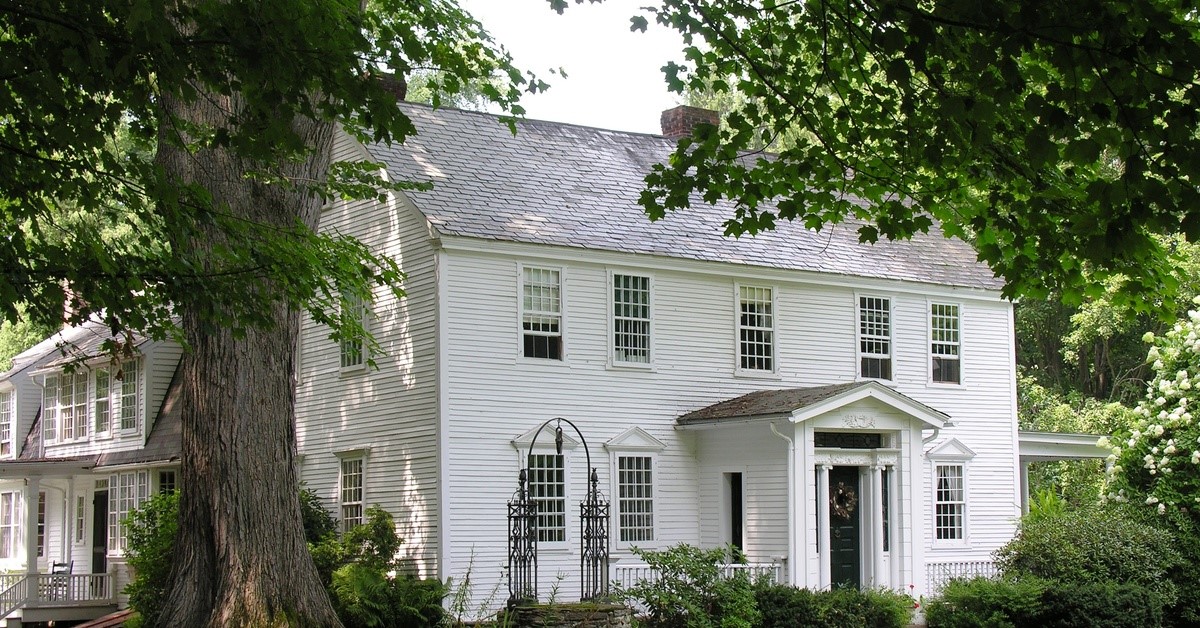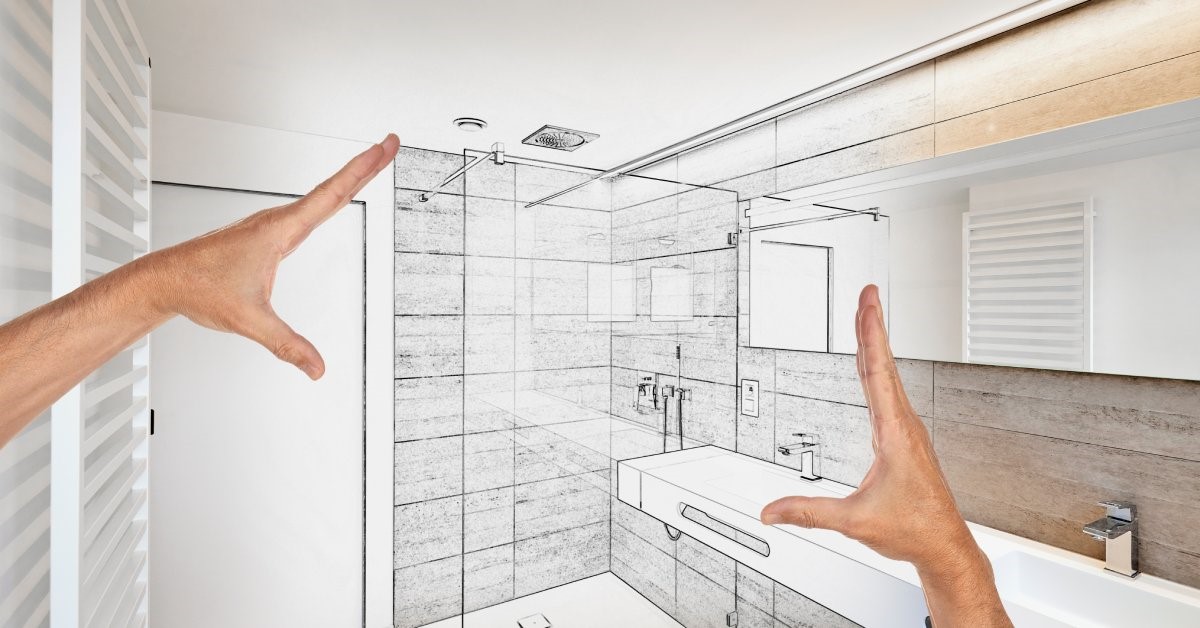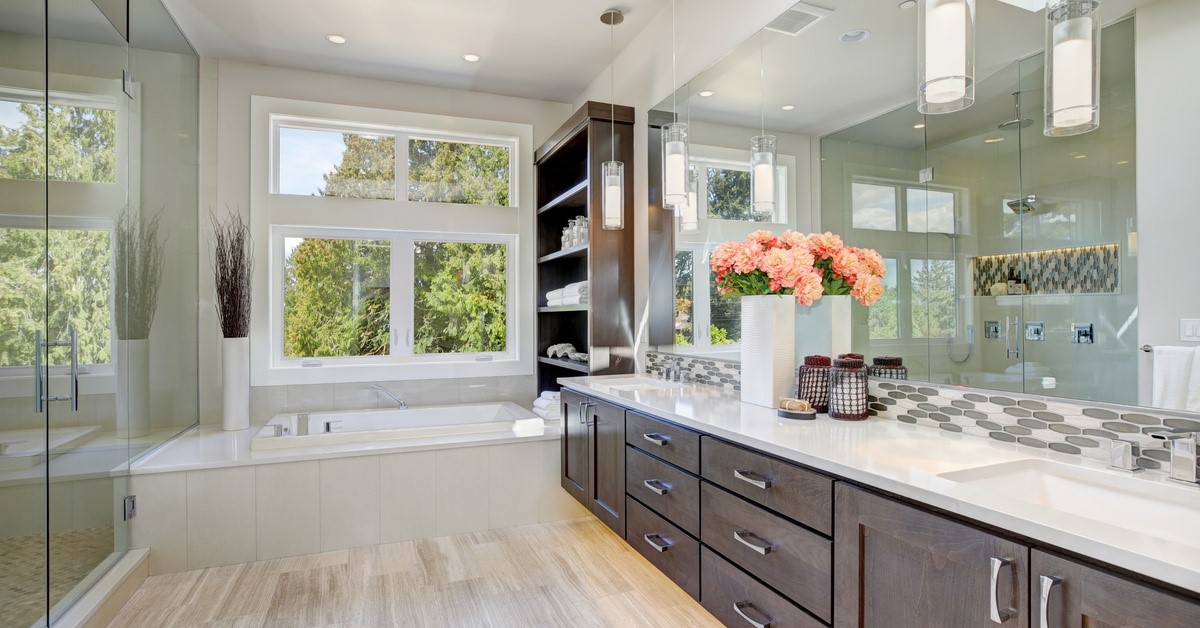
When it comes to enhancing the look and functionality of your home, the type of window panes you choose can make a significant difference. Windows are not just openings that let light and air into your living spaces; they also play a crucial role in energy efficiency, security, and overall aesthetic appeal. Whether you are building a new home, renovating an old one, or simply looking to replace outdated windows, understanding the various options available is key to making an informed decision.
The market is filled with a wide range of window pane options, each offering unique features and benefits tailored to different needs and preferences. From energy-efficient double-glazed windows to stylish tinted glass, the choices can be overwhelming. Read on to learn more about choosing the right glass options for various window pane replacement applications.

Annealed Glass
Annealed glass is a type of glass that has been slowly cooled after being formed to relieve internal stresses. This process, known as annealing, makes the glass more stable but also means it is not as strong or impact resistant as other types of treated glass. Annealed glass can be easily cut or drilled, making it a versatile and cost-effective option for many standard applications. However, it is important to note that annealed glass can shatter into large, sharp shards when broken, which may pose safety hazards in certain situations.
Because of its properties, annealed glass is best suited for windows in areas where safety concerns are minimal and where the likelihood of impact is low. This includes residential windows in low-traffic areas, such as picture windows or windows in the upper stories of a home. It can also be used in some commercial applications, such as office partitions or storefronts, where thick glass panes are used to minimize the risk of breakage. While annealed glass may not be the best choice for every situation, its affordability and ease of handling make it an attractive option for less demanding uses.
Laminated Glass
Laminated glass is a type of safety glass that is created by sandwiching a layer of polyvinyl butyral (PVB) or ethylene-vinyl acetate (EVA) between two or more layers of glass. This interlayer holds the glass together when shattered, preventing large shards from separating and reducing the risk of injury. Laminated glass offers heightened security and safety features, making it an excellent choice for locations where impacts are more likely or additional reinforcement is desired. In addition to its safety advantages, laminated glass also provides superior sound insulation, making it an appealing option for noisy environments.
Because of its strength and safety benefits, laminated glass is well suited for a variety of applications. It is ideal for use in windows and doors where enhanced security is essential, such as in schools, hospitals, and commercial buildings. Laminated glass is also a good choice for skylights, automotive windshields, and hurricane-resistant windows in areas prone to extreme weather conditions. Furthermore, it can be utilized in residential settings, particularly for ground-level windows and doors where the threat of break-in is higher.
Low-E Glass
Low-emissivity (low-e) glass is designed to improve energy efficiency by reducing the amount of ultraviolet and infrared light that passes through glass without compromising the amount of visible light transmitted. The glass features a microscopically thin coating that reflects heat back to its source, helping to keep your home cooler in the summer and warmer in the winter. This results not only in a more comfortable indoor environment but also in significant energy savings on heating and cooling costs. Low-e glass comes in different variations, such as high solar gain, moderate solar gain, and low solar gain, each tailored to specific climate conditions and energy performance needs.
Low-e glass is versatile and can be utilized in various types of windows and applications. Double-glazed windows with low-e coatings are an excellent choice for residential homes in temperate climates, as they offer a good balance between energy efficiency and cost. For those living in colder regions, high solar gain low-e glass maximizes heat retention from the sun during the winter months, while low solar gain low-e glass is perfect for hot climates, where minimizing heat entry is essential. Additionally, low-e glass is used in commercial buildings to enhance energy performance while maintaining natural light and views. From skylights and patio doors to large office windows, low-e glass is a smart investment for improving energy efficiency and indoor comfort across a wide range of applications.
Tinted Glass
Tinted glass is designed to reduce the transmission of sunlight and heat through windows, offering increased energy efficiency and enhanced comfort. The tinting process involves adding metallic oxides or other materials to the glass during manufacturing, resulting in a range of shades from light grey to dark bronze. This type of glass can significantly lower glare and the amount of ultraviolet (UV) rays entering your home, which helps protect furniture, carpets, and artwork from fading. Tinted glass is often used in regions with high sun exposure and in settings where privacy is a concern, as the tint can provide a degree of obscurity without the need for blinds or curtains. Its versatility makes it suitable for both residential and commercial applications, including office buildings, retail spaces, and sunrooms.
Tempered Glass
Tempered glass, also known as toughened glass, undergoes a special heat treatment process that makes it several times stronger than regular annealed glass. During manufacturing, the glass is heated to high temperatures and then rapidly cooled, a process that enhances its strength and causes it to break into small, blunt pieces rather than sharp shards when shattered. This makes tempered glass an excellent choice for high-risk areas where safety is a priority, such as shower doors, sliding glass doors, and windows in bathrooms or near staircases.
Krypton or Argon Glass
Krypton or argon glass features, as the names suggest, the inert gases krypton or argon in the space between double or triple window panes, as they enhance thermal insulation. These noble gases are denser than air, reducing heat transfer between the inside and outside of a building. Krypton, with its higher density, provides superior insulation compared to argon, though it is also more expensive. Argon, on the other hand, offers a good balance between cost and thermal performance, making it a popular choice for improving energy efficiency in residential and commercial properties. By filling the gaps with these gases, windows achieve better energy performance and contribute to lower heating and cooling costs, along with providing increased comfort levels indoors.
Partner With Reece Builders Today!

Understanding different window pane options and choosing the right glass is just the first step of your window replacement process; partnering with a reputable and knowledgeable team is crucial to achieving your desired results. Partner with our team at Reece Builders for quality casement and picture window replacement in Winston-Salem. We’re eager to help turn your dream renovations into a reality!
Subscribe to Reece Builders's Blog







Comments